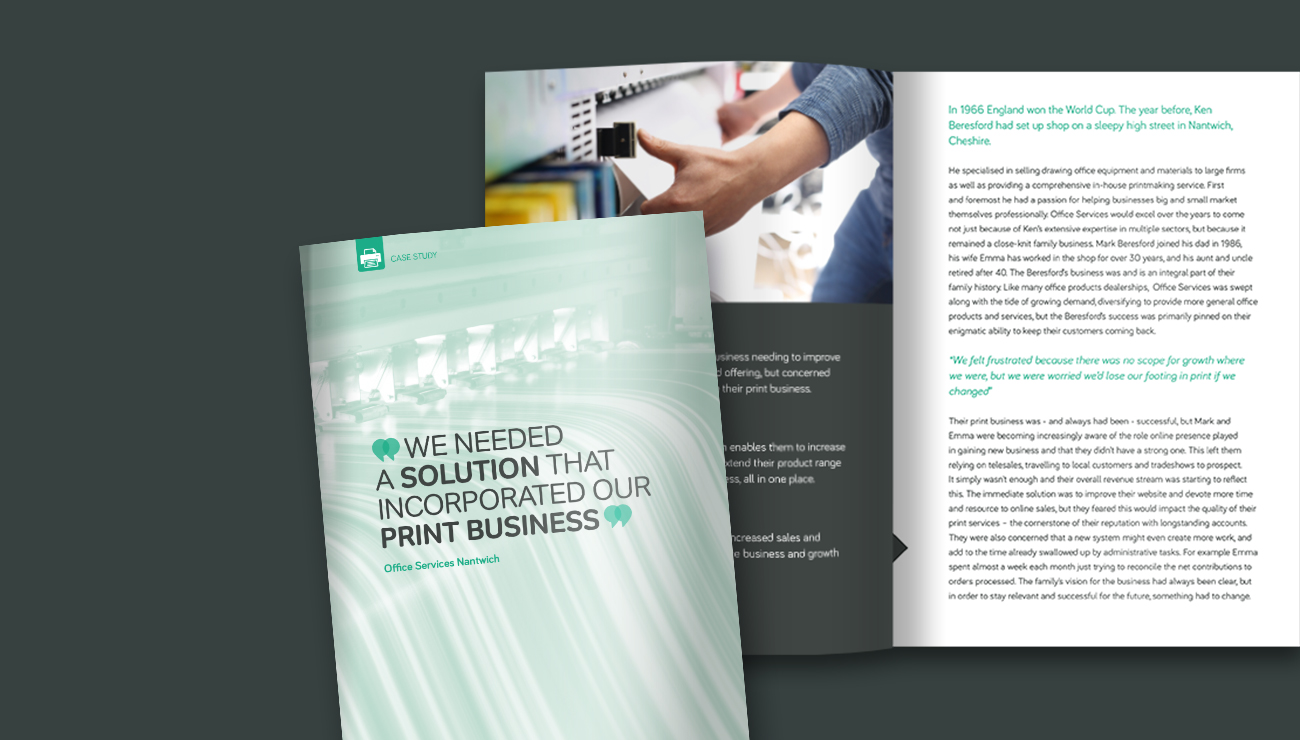The Importance of ROI in the Office Supplies Industry
There’s no point investing in marketing campaigns if you don’t plan on measuring their results. Keeping track of the important figures – like budgets, click through rates and engagement – is the key to understanding your return on investment. These findings are valuable, as they will enable you to mould your multichannel marketing strategy in line with what your customers want and boost engagement, as well as identify which areas of your strategy aren’t delivering and need adaptation.
What is ROI?
If you’re keen to understand the real value being pumped out of your marketing campaigns, there’s no three words more wonderful to hear than Return on Investment. Return on investment or ROI is essentially a measurement of the effectiveness of your marketing activities, and how this compares to the investment you’ve made in them.
ROI is calculated by:
Campaign Revenue X Profit Margin / Cost of Campaign
There are more advanced versions of this calculation, which consider costs like salaries, benefits and office infrastructure, but for a quick ‘toe in the water’ marketing health check, this sum is perfectly viable.
Though this calculation is pretty straightforward, the components it requires can be hard to quantify. For ROI to be accurate it needs to measure revenue generated by the marketing campaign, profit margin on the items sold, and marketing-related expenses. Profit margin can be hard to identify because it includes the cost of operations, but it’s necessary to calculate ROI effectively.
Keep in mind that to be able to quantify revenue generated by the marketing campaign, those campaigns need to have been designed to capture responses in the form of revenue from sales.
ROI in the Office Supplies Industry
Whilst compiling our Marketing Trend Report, we gathered some thought-provoking insight into how dealers in the Office Supplies Industry approach marketing ROI. 31% of the dealers we interviewed feel that it’s too difficult to gain an accurate figure, while 20% believe it’s simply too expensive.
However, we believe that by incorporating simple but effective activities to measure your ROI, on a schedule that suits you (we recommend once per month), then you’ll soon see the benefits. By making small changes you can make a big difference to the transparency of the effect of your marketing, leading to overall campaign success.
Small changes Which can make A big difference
To gain a better understanding of your ROI, here are a few suggestions for things you can do. Set specific goals, measure email offer-led promotions (this is the easiest channel by which to measure ROI), set up link tracking to see where your traffic is coming from (and going to), investigate the techniques employed in other industries and finally build up a more detailed picture of your customer base. There are also countless tools available online for measuring digital marketing ROI, such as web analytics tools; Google Analytics or HubSpot Analytics, as well as using social media follower counts and engagement analytics. A/B testing of email or landing page campaigns can help you find out which tactics generate the most leads, sales and revenues too.
If you commit to measuring the effectiveness of your marketing and make the changes necessary according to your findings, then you’ll better know what works, what doesn’t and focus on making changes in line with this.
If you commit to measuring your ROI, you’ll be able to prioritise the techniques which, make changes in line with your findings and even strip out less successful campaigns from your strategies, which can mean measuring ROI helps you save money in the long term.
WHAT MORE CAN YOU DO?
Although we’ve established the steps you can take yourself to strengthen your grip on the ROI of your marketing campaigns, there are also plenty of customer relationship management (CRM) tools available which offer a comprehensive solution for both sales and marketing departments. You can even source tools which are campaign-specific (i.e. social media or email). If you use third parties to measure your ROI, make sure you speak to them about getting the results you want.
Want to know more?
If you’re interested in finding out more about marketing trends in the Office Supplies Industry, then download a free copy of our Marketing Trends Report here. It includes more in-depth information on ROI, as well as your peers’ attitudes and challenges surrounding current marketing trends in the industry, which marketing tactics to use and which to avoid. It also features leading advice and opinions from industry experts.





